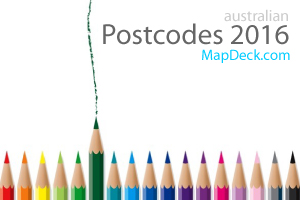Apps4NSW mashup
competition run by the New South Wales government that I mentioned earlier this year has just been open for voting: see
AppsForum. Unlike
Mashup Australia contest that allowed unlimited and hence uncontrolled voting for submitted applications, here participants have only 5 votes each (although, if this is IP address based control, the voting system may still be open to some abuse by "desperates"). There are 17 applications listed so far and only one week left for the submissions (closing date for Apps4NSW competition is 22 March, 2010). Voting by public is open till 9 April and the winners will be announced on 16 April.
I am not sure why there is such a low number of entries despite attractive prizes (first prize is $25,000!) and very generous time offered by organisers to build the applications (in fact, more than 4 months) but it may have something to do with the terms and conditions of the competition: "
Clause 9.4 In the event that an entry is awarded a monetary prize, the entrant must, to the extent of the entrants ownership of intellectual property rights in the entry, grant to the Organisers at no cost a perpetual, non-exclusive, transferable licence which, at a minimum, permits the Organisers to use, reproduce and adapt such entry." I am not a lawyer but it sounds a bit like "here is your prize, sign away all the rights to us". This probably eliminated all the commercial operators from the competition.
There is a couple of Google Map based applications amongst the entries.
StatMap allows users to displays interactively, as choropleth maps, a range of NSW statistics, including population data, crime and transport related information. It has simple drop-down selection options for data themes, geography (choice of Local Government Areas and Electorates) and time frame (by relevant year). Mouse-over specific regions brings name of the region and summary information ; click loads additional window with graph and table options showing additional details about the area. This application is built with Google Flash API.

What brought my specific attention is an interactive legend that allows users to choose a preferred colour scheme for choropleth map.
The second application,
WebMap, is an example of a simple campus directory. It allows users to search for specific buildings or places of interest using text search or by picking from a list of categorised objects (eg. car parks, buildings, sport grounds, childcare).

Selected objects are then highlighted on the map and additional details are shown in pop-up information balloon.









